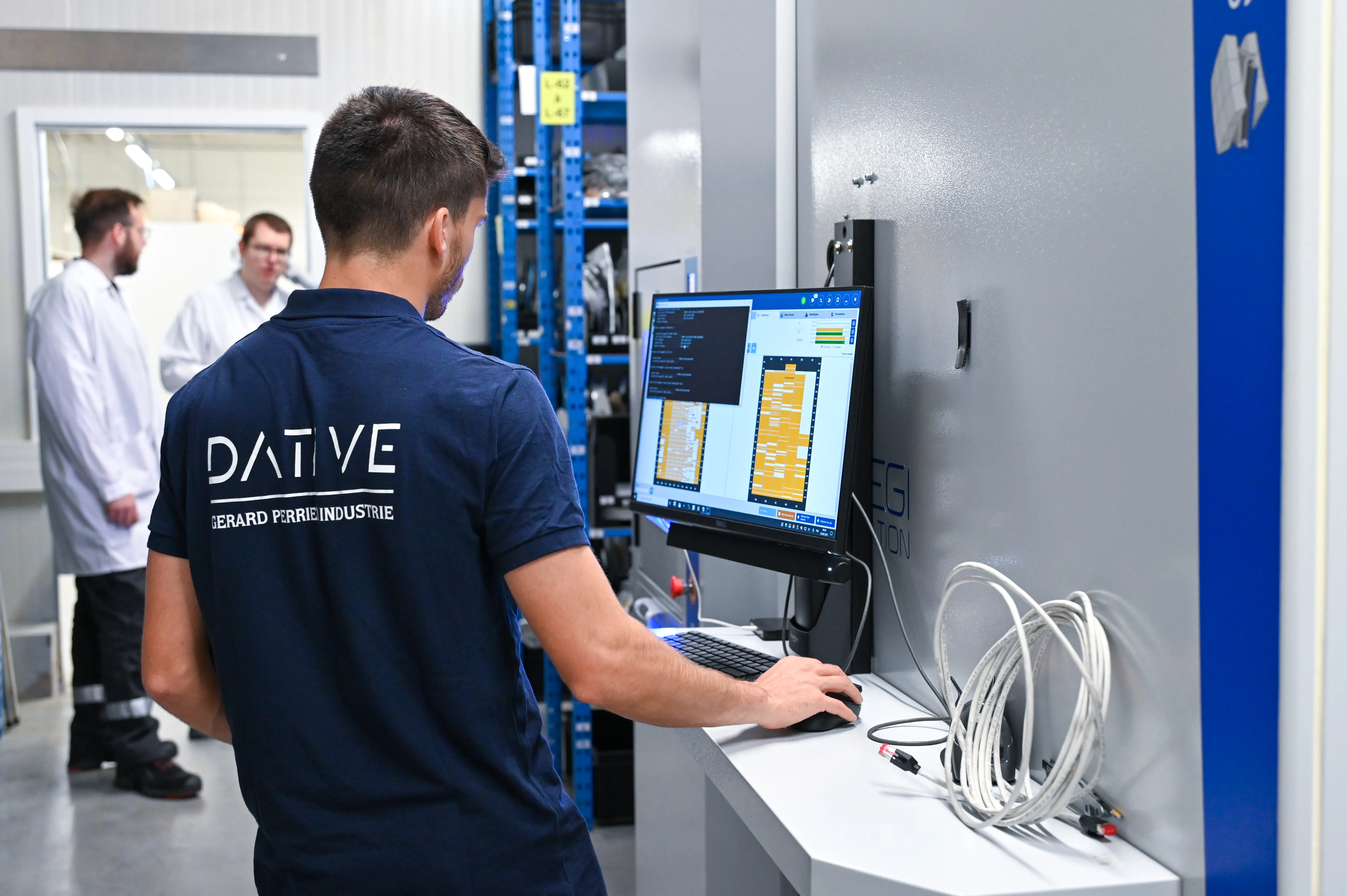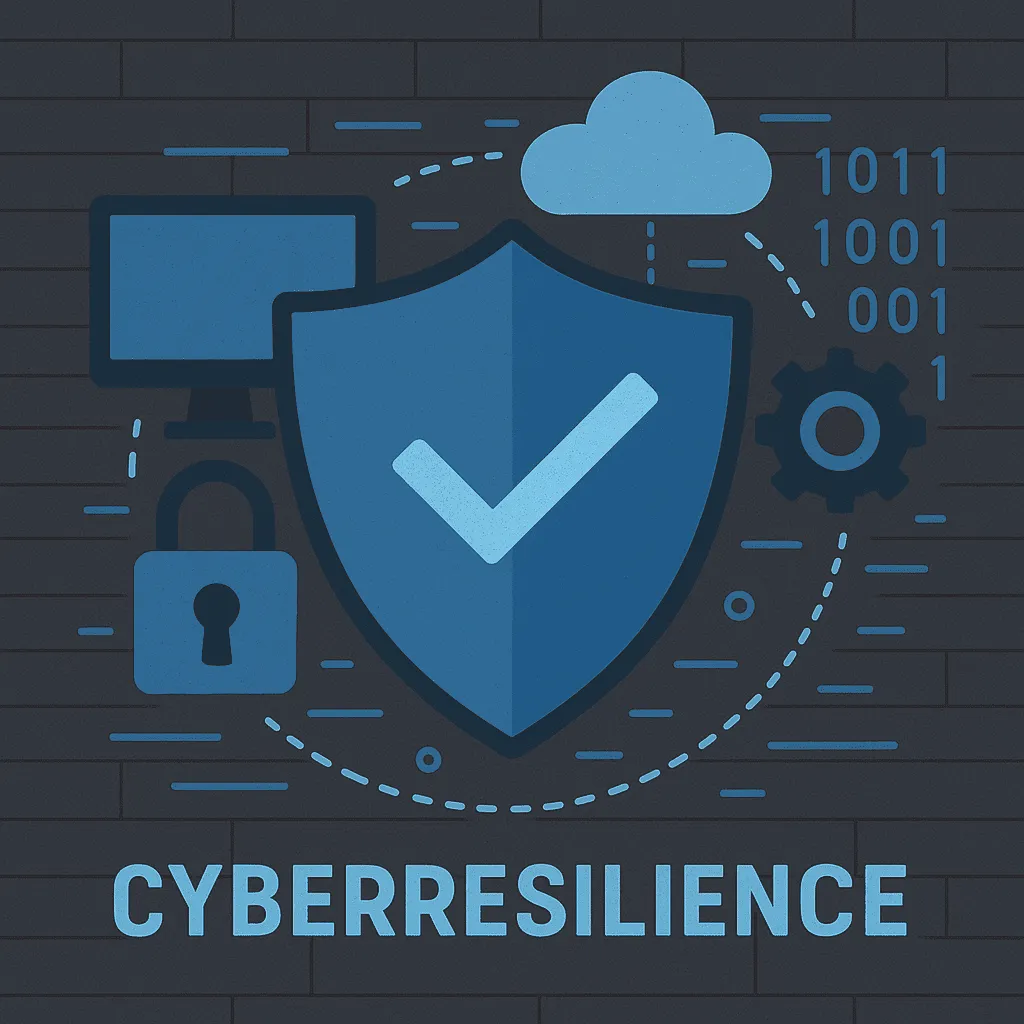
ANSSI Framework: Mastering ICS Security for Industrial Systems
The ANSSI framework "Mastering ICS Security for Industrial Systems" is a comprehensive set of best practices designed to guide businesses in managing the security of industrial systems. Published by ANSSI (National Agency for the Security of Information Systems), it is aimed at helping organizations secure their industrial information systems while addressing the unique challenges of these environments. This framework, which falls under industrial cybersecurity efforts, provides specific guidelines for managing industrial control system (ICS) security in sensitive sectors such as energy, water, transportation, and manufacturing. In this article, we outline the content of this framework, its importance for industrial cybersecurity, and the best practices to follow to ensure effective security management.
Context and Challenges of the Cybersecurity Framework for Industrial Systems
Industrial systems (such as SCADA, PLC, or DCS) are at the heart of critical infrastructures, ensuring the management of vital processes in strategic sectors. These systems are increasingly interconnected with IT networks, allowing for more flexible management and real-time monitoring but also exposing them to increased cyberattack risks.
Due to their criticality, protecting industrial systems from cyber threats has become a priority. The "Mastering Cybersecurity for Industrial Systems" framework addresses this need for enhanced cybersecurity, particularly in the context of the digital transition of industrial systems. Cyberattacks can have catastrophic consequences, ranging from industrial process disruption to severe impacts on public safety and the environment.
Would you like to assess the cybersecurity of your industrial systems? Contact us for a comprehensive analysis and a tailored action plan.
Objectives and Principles of the Cybersecurity Framework for Industrial Systems
The ANSSI framework is based on key principles that address the specific challenges of industrial cybersecurity. These principles are founded on a systemic approach to industrial system security and include the following objectives:
- Confidentiality: Ensuring that only authorized individuals or entities have access to sensitive industrial system data. This involves strict access management and robust authentication mechanisms.
- Integrity: Protecting industrial system data and configurations from unauthorized modifications, whether from external attacks or human errors. System integrity must be maintained to prevent manipulation risks.
- Availability: Ensuring that systems remain accessible and functional even in the event of incidents or sabotage attempts. Availability is maintained through redundancy, backup, and business continuity plans.
- Traceability: The ability to track events and actions on industrial systems to detect anomalies, investigate security incidents, and improve response capabilities. Log management and continuous security data analysis are essential.

Risk Management in Industrial Systems
Risk management is at the core of this framework, adopting a proactive approach to anticipate and address vulnerabilities. ANSSI recommends following a rigorous multi-step process to identify, assess, and mitigate risks related to industrial systems.
- Risk Identification: Identifying potential threats and vulnerabilities in industrial systems. This includes analyzing equipment, networks, processes, and software used in the industrial environment.
- Risk Assessment: Once risks are identified, they must be evaluated based on their likelihood and potential impact. This assessment helps prioritize risks and determine the necessary measures according to system criticality.
- Risk Mitigation: Identified risks must be appropriately addressed. The ANSSI framework recommends implementing risk reduction measures (e.g., patching, network segmentation), access control (e.g., strong authentication, privilege management), and monitoring (e.g., anomaly and intrusion detection).
Start assessing risks for your industrial systems today with our specialized diagnostic service. Contact us for a consultation.
Industrial Cybersecurity: A Specific Approach
Industrial cybersecurity is a specific field that requires tailored measures due to the unique characteristics of industrial systems. Unlike traditional IT systems, industrial equipment is often older, less secure, and updating it can be complex. Additionally, these systems are designed to operate continuously for long periods, making their security even more challenging.
The ANSSI framework addresses these specificities by providing guidelines adapted to industrial cybersecurity, including:
- Industrial network segmentation: Separating industrial control network systems from other corporate networks helps limit access to critical systems. This segmentation is essential to reduce the risk of attack propagation between networks.
- Strict access controls: Implementing strong authentication mechanisms, such as smart cards, complex passwords, and biometric solutions, is crucial to ensure that only authorized users can access the systems.
- Continuous monitoring and anomaly detection: ANSSI recommends implementing monitoring solutions tailored to industrial environments, such as Industrial Intrusion Detection Systems (IDS). These solutions help detect any suspicious activity on control networks.

Best Practices According to the ANSSI Framework
To ensure the effective implementation of the framework, ANSSI recommends several essential best practices:
- Implementing an incident response plan: This plan should define clear procedures to react quickly and effectively in case of a cyberattack. It includes detection, analysis, incident neutralization, and system recovery.
- Training and awareness for teams: Industrial cybersecurity relies on human involvement. It is therefore essential to train operators and security managers in cybersecurity best practices and the specificities of industrial systems.
- Regular updates of equipment and software: The framework recommends keeping systems up to date by applying security patches as soon as they become available. This reduces known vulnerabilities and ensures continuous protection of industrial systems.
- Physical controls: In addition to cybersecurity measures, physical controls should be implemented to prevent unauthorized access to critical equipment. This includes locking mechanisms, surveillance cameras, and access management procedures.
Are you ready to strengthen the cybersecurity of your industrial systems? Discover our tailored solutions for implementing best practices.
Conclusion
The ANSSI framework "Mastering SSI for Industrial Systems" provides a crucial framework to ensure the cybersecurity of industrial infrastructures in France. By offering specific guidelines tailored to industrial environments, this framework enables companies to strengthen the security of their critical systems against increasingly sophisticated cyber threats.
The best practices outlined in this framework, combined with rigorous risk management and a systemic approach to industrial cybersecurity, allow companies to better prepare for security challenges, protect their industrial assets, and ensure operational continuity in an increasingly interconnected and vulnerable environment.

FAQ
Question 1: What is the ANSSI "Mastering SSI for Industrial Systems" framework?
The ANSSI framework is a set of best practices designed to help companies secure their industrial systems. It provides guidelines tailored to the specificities of industrial environments to strengthen the cybersecurity of critical infrastructures.
Question 2: Why is industrial system cybersecurity so crucial?
Industrial systems, such as SCADA or PLCs, are at the heart of critical infrastructures and manage vital processes in sensitive sectors. The increasing interconnection of these systems with IT networks raises the risk of attacks, which can cause serious disruptions and even impact public safety and the environment.
Question 3: What are the fundamental principles of the ANSSI framework?
The framework is based on four key principles: confidentiality, integrity, availability, and traceability. These principles aim to ensure that industrial system data is protected from unauthorized access, remains intact, is accessible when needed, and is transparently monitored for optimal security management.
Question 4: How does the ANSSI framework help manage risks in industrial systems?
The framework recommends a systematic risk management approach: identifying threats, assessing risks based on probability and impact, and then addressing risks through concrete measures such as patching, network segmentation, and strict access controls.
Question 5: What are the best practices recommended by ANSSI to secure industrial systems?
Best practices include implementing an incident response plan, training teams, regularly updating equipment, and applying physical security controls to critical installations. These measures enhance system protection against cyber threats and ensure continuous operation.





